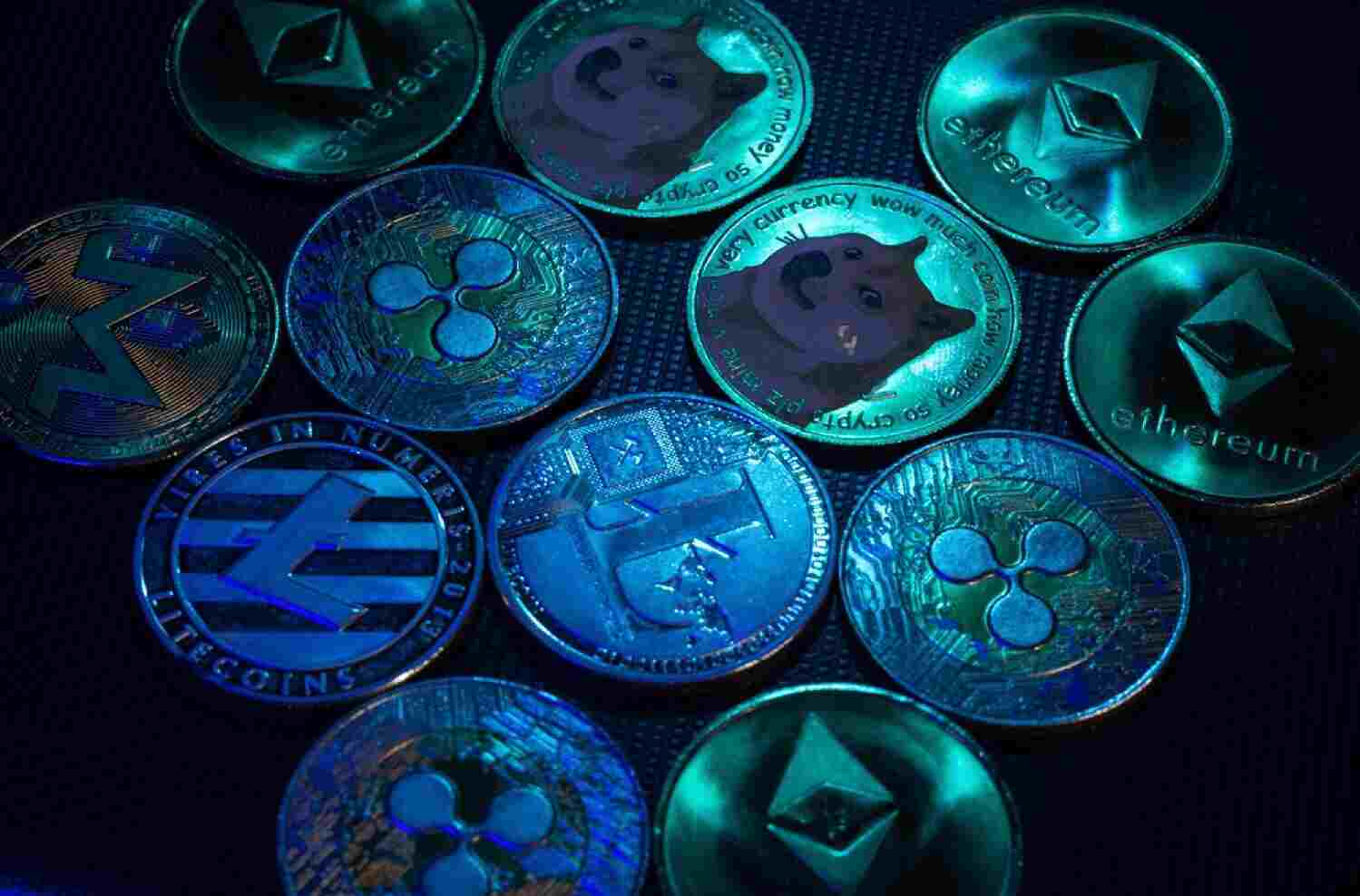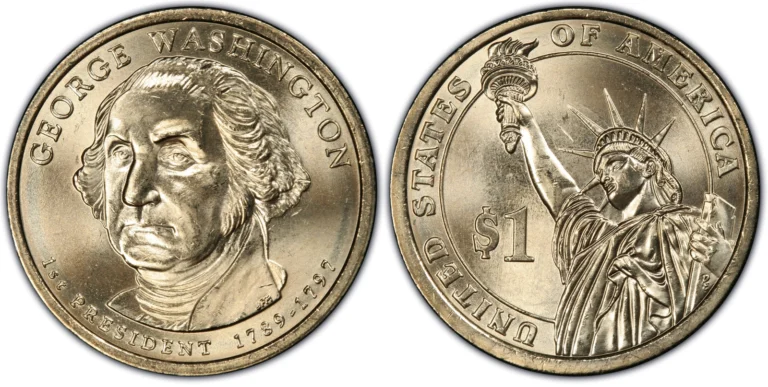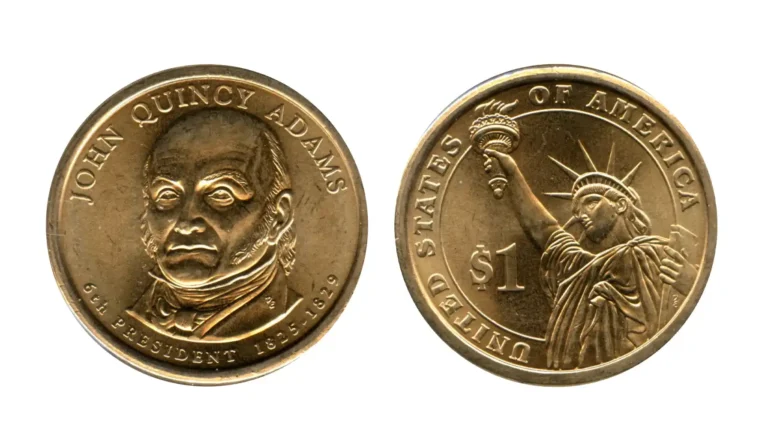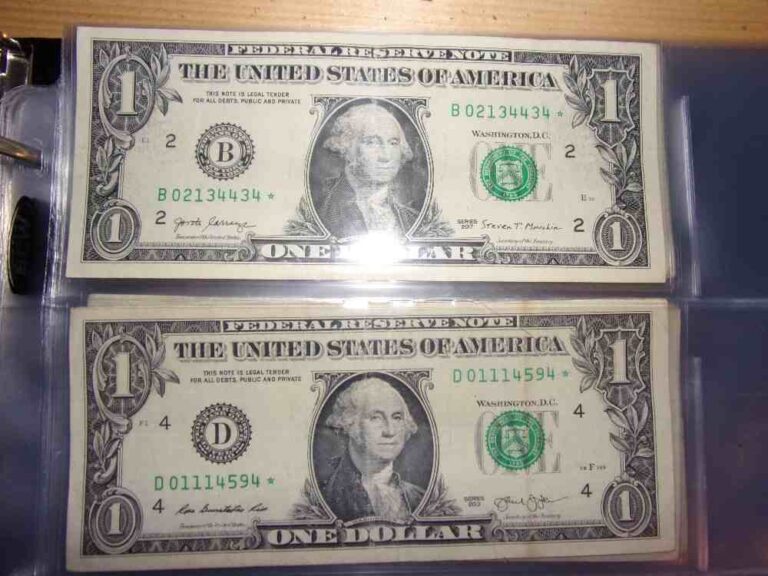The History of the Most Successful Altcoins
Did you know there are over 10,000 altcoins out there today? Bitcoin might be the big name everyone knows, but altcoins—short for alternative coins—have made a huge mark on the cryptocurrency world. These digital currencies bring new ideas and fix some of Bitcoin’s weak spots. In this blog post, we’ll take a close look at the history of the most successful altcoins, as outlined in https://blog.pcscomputo.com/historia-de-las-altcoins-mas-exitosas. We’ll cover their beginnings, what makes them special, and how they’ve shaped the crypto market.
Altcoins started popping up soon after Bitcoin launched in 2009. Each one has its own story and purpose. Some speed up transactions. Others open doors to new tech like smart contracts. By learning about these altcoins, you’ll see how they’ve grown the crypto world beyond what Bitcoin started.
What Are Altcoins?
Altcoins are any cryptocurrencies that aren’t Bitcoin. The name comes from “alternative coin,” and it covers thousands of digital currencies. Each altcoin has its own goals. Some make transactions faster or cheaper than Bitcoin. Others add features Bitcoin doesn’t have, like running apps or handling big payments.
Altcoins matter because they give people choices. They’ve also sparked new ideas in the crypto space. This blog post, inspired by https://blog.pcscomputo.com/historia-de-las-altcoins-mas-exitosas, will focus on five of the most successful ones: Litecoin, Ethereum, Ripple (XRP), Binance Coin (BNB), and Cardano.
How Altcoins Got Started
Bitcoin kicked things off in 2009. It showed the world what a decentralized currency could do. Soon, people saw ways to improve it or try something different. That’s where altcoins came in. The first big one, Litecoin, launched in 2011. Since then, the number of altcoins has exploded. But only a handful have stood out and lasted.
We’ll walk through the history of five altcoins that have made it big. For each, we’ll look at when they started, who made them, what sets them apart, and how they’ve changed the crypto game.
1. Litecoin: A Faster Bitcoin
When It Started and Who Made It
Litecoin hit the scene in 2011. Charlie Lee, a former Google worker, created it. He wanted to build a coin that fixed some of Bitcoin’s issues, like slow transactions. Litecoin was one of the first altcoins, and it’s still around today.
What Makes It Special
Litecoin is all about speed. Bitcoin takes 10 minutes to process a block of transactions. Litecoin cuts that to 2.5 minutes. That means you can send or spend it faster. It’s handy for quick payments, like buying a coffee.
It also uses a different system for mining—the process that keeps the network running. Called Scrypt, it was meant to let regular people mine with basic computers. Bitcoin’s system, SHA-256, needs fancier gear. Over time, though, Litecoin mining got more advanced too.
How It Changed Crypto
Litecoin showed there was room for more than just Bitcoin. It’s often called the “silver to Bitcoin’s gold.” That means it works alongside Bitcoin, not against it. It also tested upgrades like Segregated Witness (SegWit) before Bitcoin used them. Litecoin’s long history proves altcoins can stick around and matter.
2. Ethereum: The Smart Contract Star
When It Started and Who Made It
Ethereum launched in 2015. Vitalik Buterin, a young coder with big ideas, led the project. He saw that blockchain could do more than just move money. Ethereum brought smart contracts—automatic deals written in code—to the table.
What Makes It Special
Smart contracts are Ethereum’s big win. They let people create apps that run on the blockchain. These are called decentralized apps, or dApps. Think of things like games, lending platforms, or even digital art markets. Ether, Ethereum’s coin, pays for these transactions.
Ethereum’s system lets coders build almost anything. That flexibility sets it apart from Bitcoin, which is mostly about sending value.
How It Changed Crypto
Ethereum is the second-biggest crypto by market value. It’s behind tons of new trends, like decentralized finance (DeFi). DeFi lets people borrow, lend, or trade without banks. Ethereum also powers non-fungible tokens (NFTs)—unique digital items like art or collectibles.
It’s not perfect, though. Too many users can clog the network, making fees high. Ethereum is switching to a new system called proof-of-stake to fix this. It’s less energy-hungry than Bitcoin’s setup and should handle more traffic.
3. Ripple (XRP): Speedy Global Payments
When It Started and Who Made It
Ripple, known as XRP today, began in 2012. Chris Larsen and Jed McCaleb started it. Their goal? Make international payments fast and cheap. Unlike most altcoins, Ripple aimed to work with banks, not replace them.
What Makes It Special
Ripple skips mining. Instead, it uses a group of trusted computers to check transactions. This makes XRP super quick—deals settle in seconds. Fees are tiny compared to Bitcoin or even old-school bank wires. It’s built to move money across borders without the usual delays.
How It Changed Crypto
Ripple has shaken up global payments. Big banks and money firms use it to cut costs and speed things up. It’s a bridge between crypto and traditional finance. But Ripple’s had bumps. The U.S. Securities and Exchange Commission (SEC) sued it, saying XRP was sold like a stock without proper rules. The case isn’t settled yet, and it could affect XRP’s future.
4. Binance Coin (BNB): The Exchange Powerhouse
When It Started and Who Made It
Binance Coin, or BNB, came out in 2017. Binance, a giant crypto exchange, created it. At first, BNB gave users discounts on trading fees. Now, it does way more.
What Makes It Special
BNB powers the Binance Smart Chain (BSC). This network runs apps and smart contracts, like Ethereum, but it’s faster and cheaper. You use BNB to pay fees on BSC or join new projects. Binance also “burns” some BNB—takes it out of circulation—to keep its value steady.
How It Changed Crypto
BNB ties into Binance, one of the biggest names in crypto. That gives it a strong base. BSC has become a hot spot for DeFi and NFTs, pulling in users who find Ethereum too pricey. BNB shows how an exchange coin can grow into something much bigger.
5. Cardano: Built on Science
When It Started and Who Made It
Cardano launched in 2017. Charles Hoskinson, who helped start Ethereum, led the charge. He wanted a blockchain backed by research and careful planning.
What Makes It Special
Cardano splits its work into two layers. One handles payments; the other runs smart contracts. This setup makes it easier to update and grow. It uses a system called Ouroboros, which is proof-of-stake. That means it’s greener than Bitcoin’s energy-heavy mining.
How It Changed Crypto
Cardano stands out for its focus on safety and growth. Every change gets tested by experts first. It’s big in places like Africa, where it helps with things like tracking education records or banking for people without banks. Cardano aims to be a solid, long-term player.
Altcoins vs. Bitcoin: What’s the Difference?
Bitcoin started it all, but altcoins have their own strengths. Here’s how they stack up:
-
Speed: Litecoin and Ripple process payments faster than Bitcoin’s 10-minute blocks.
-
New Features: Ethereum and Cardano add smart contracts, something Bitcoin doesn’t do.
-
Energy Use: Cardano’s proof-of-stake uses less power than Bitcoin’s mining.
-
Special Jobs: Ripple targets banks, while Bitcoin is more general-purpose.
Altcoins don’t try to beat Bitcoin. They offer options for different needs. Together, they make the crypto world more useful and varied.
What’s Next for Altcoins?
The altcoin scene keeps changing. Here are some things to watch:
-
Better Scaling: Altcoins are finding ways to handle more users without slowing down. Think extra layers that speed up transactions.
-
Teamwork: New projects want blockchains to talk to each other. That could mix the best parts of different altcoins.
-
Going Green: With energy worries growing, more altcoins will ditch heavy mining for lighter systems.
-
DeFi and NFTs: These hot areas will keep growing, with altcoins leading the way.
New altcoins pop up all the time. Some will fade, but others could join the big leagues. Keeping up with these shifts can help you spot the next winners.
Wrapping Up: https://blog.pcscomputo.com/historia-de-las-altcoins-mas-exitosas
Altcoins have come a long way since Litecoin debuted in 2011. Each one we’ve covered—Litecoin, Ethereum, Ripple, BNB, and Cardano—has its own story. They’ve sped up payments, launched smart contracts, and connected crypto to the real world. Together, they show how creative and varied the crypto market can be.
The future’s wide open. New altcoins will bring fresh ideas and challenges. If you’re into crypto—or just curious—knowing these histories can guide you as things change. For more on this topic, check out https://blog.pcscomputo.com/historia-de-las-altcoins-mas-exitosas. It’s a great starting point to learn about the altcoins shaping our digital future.







